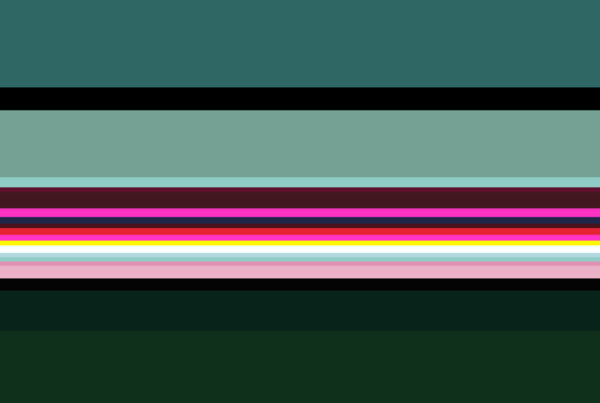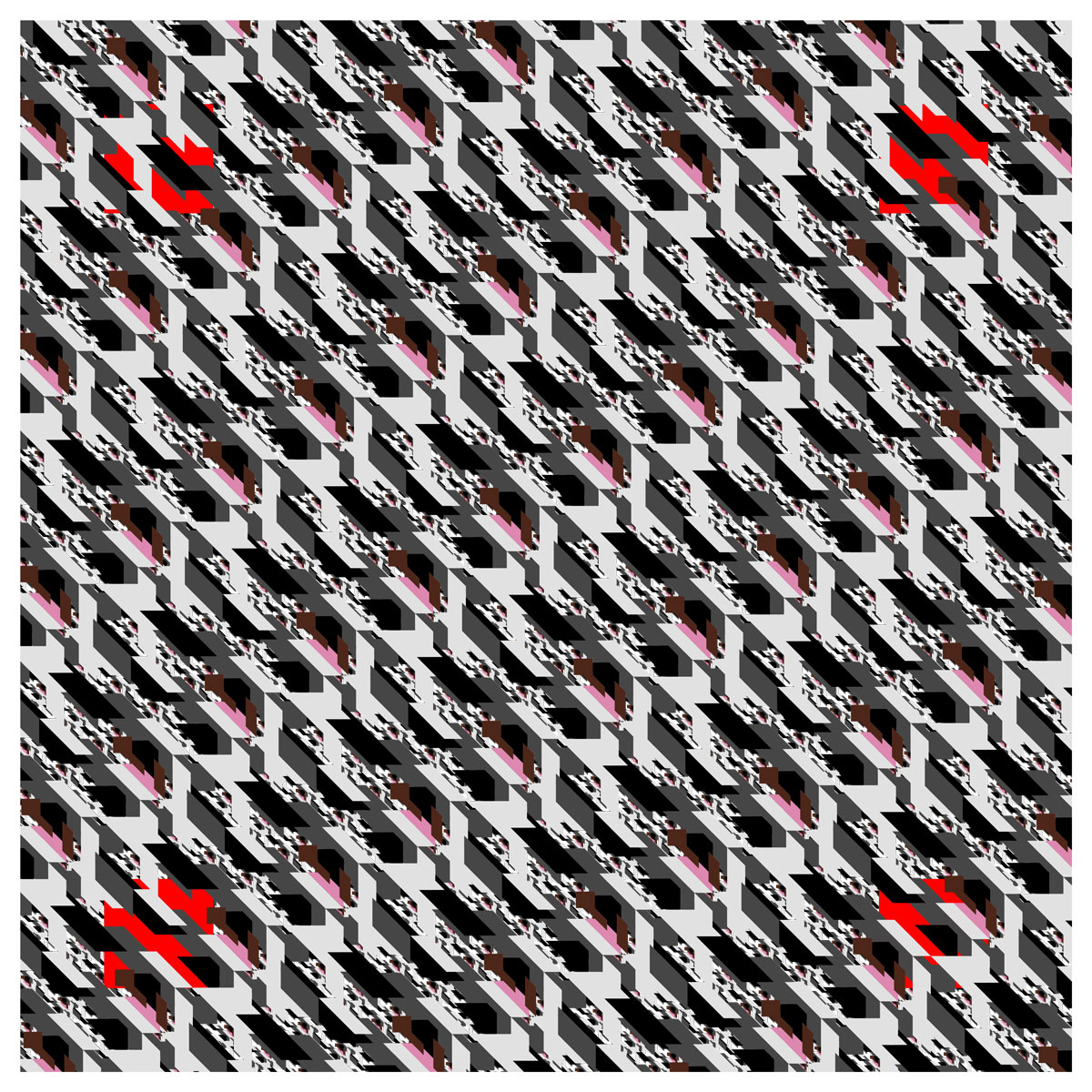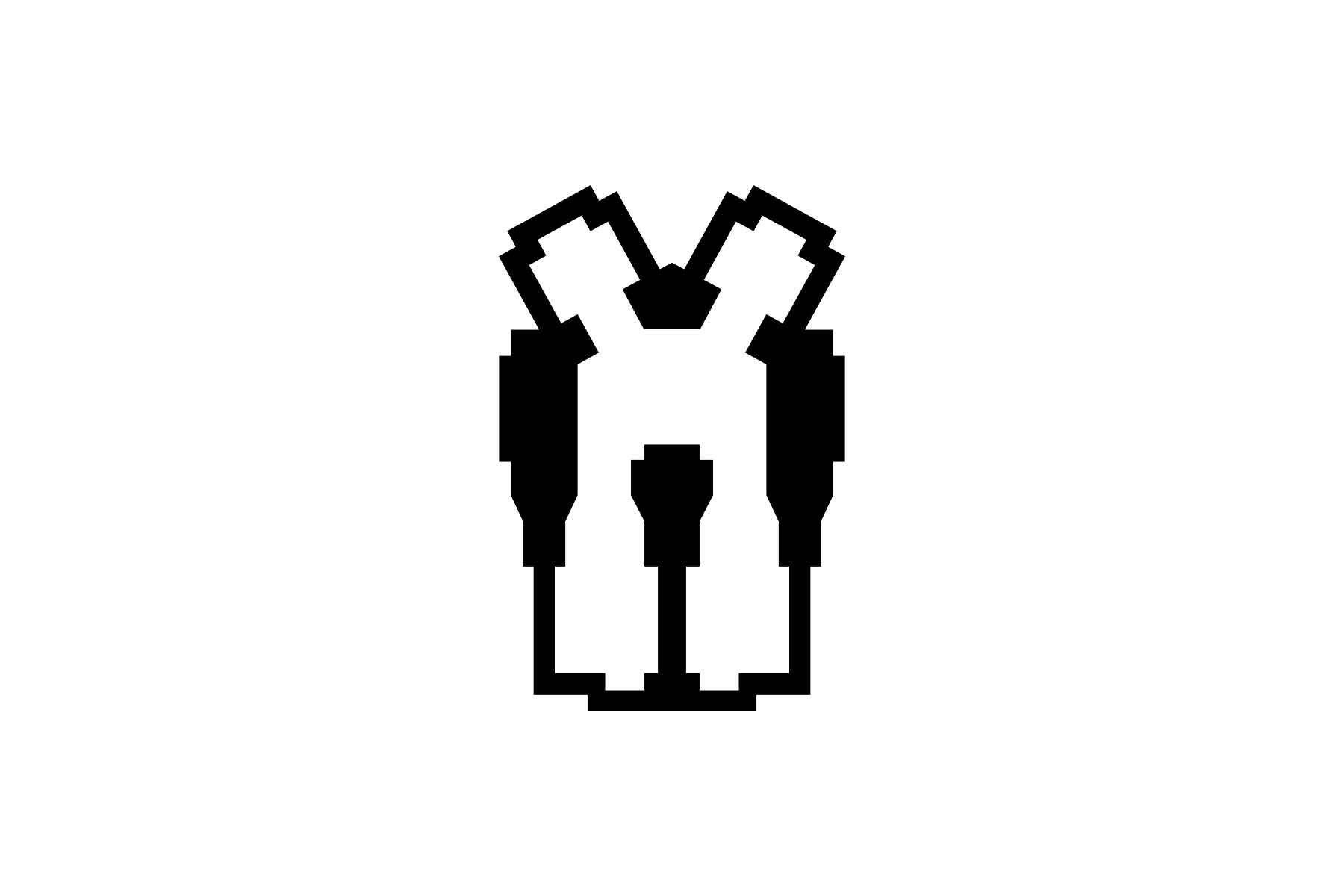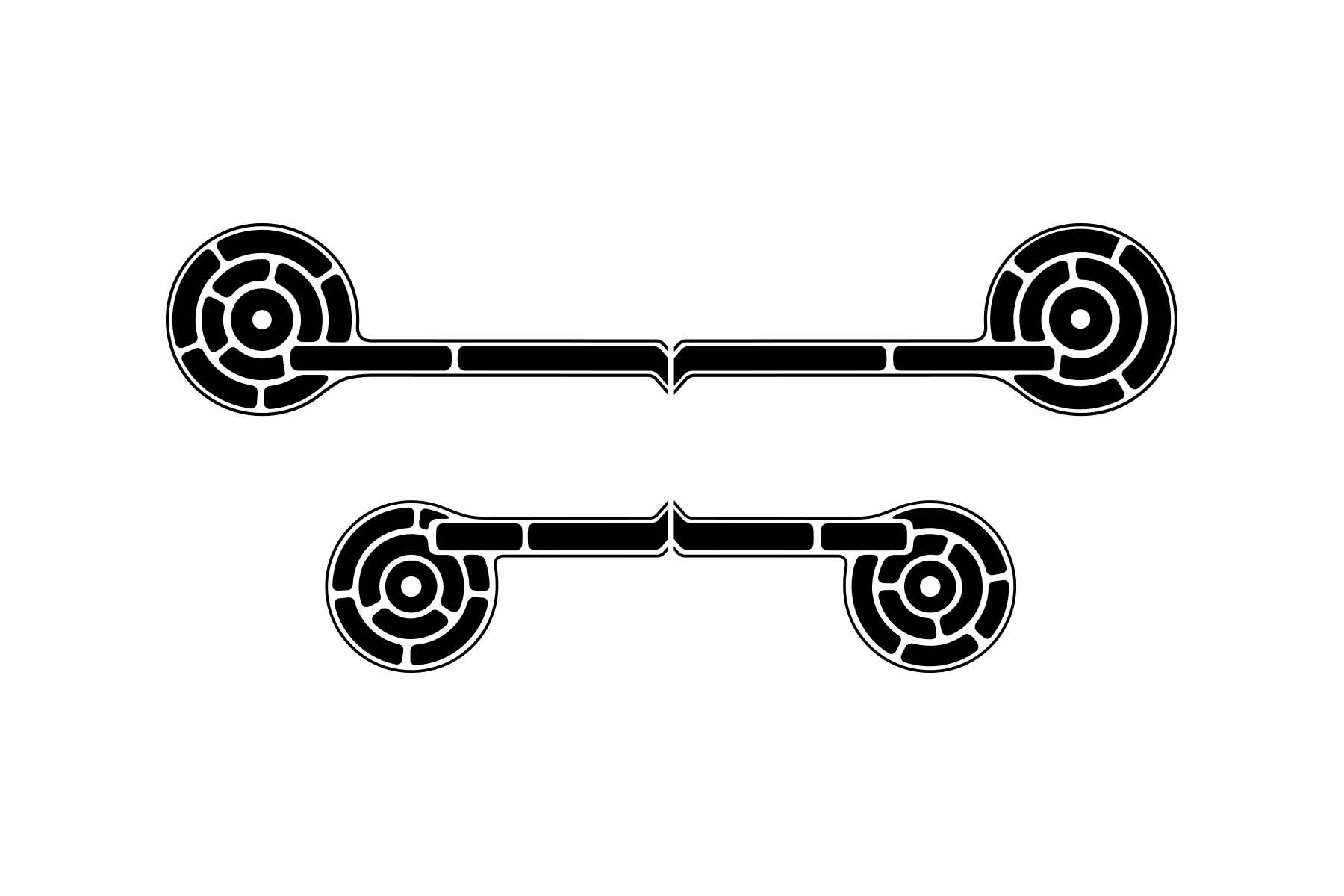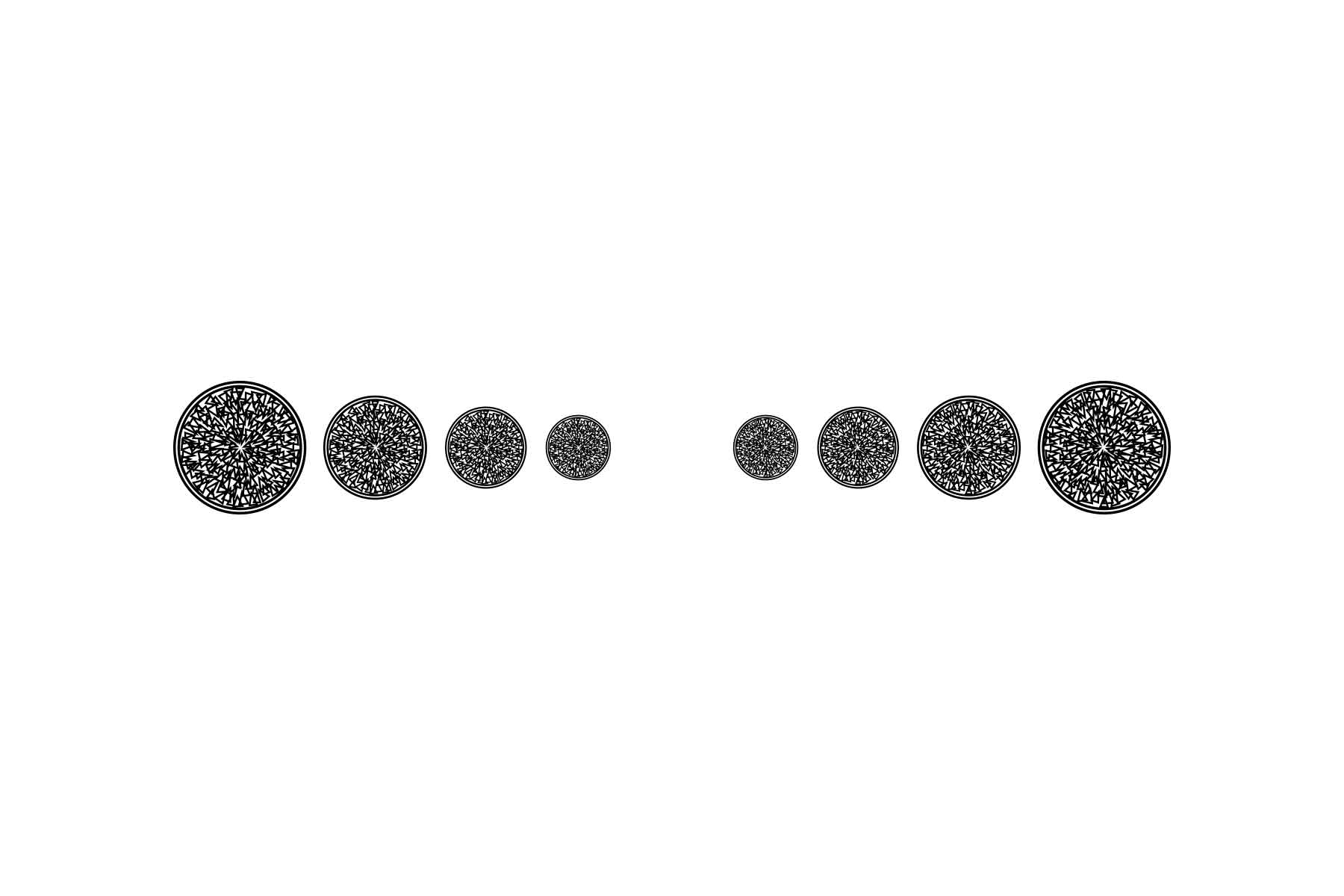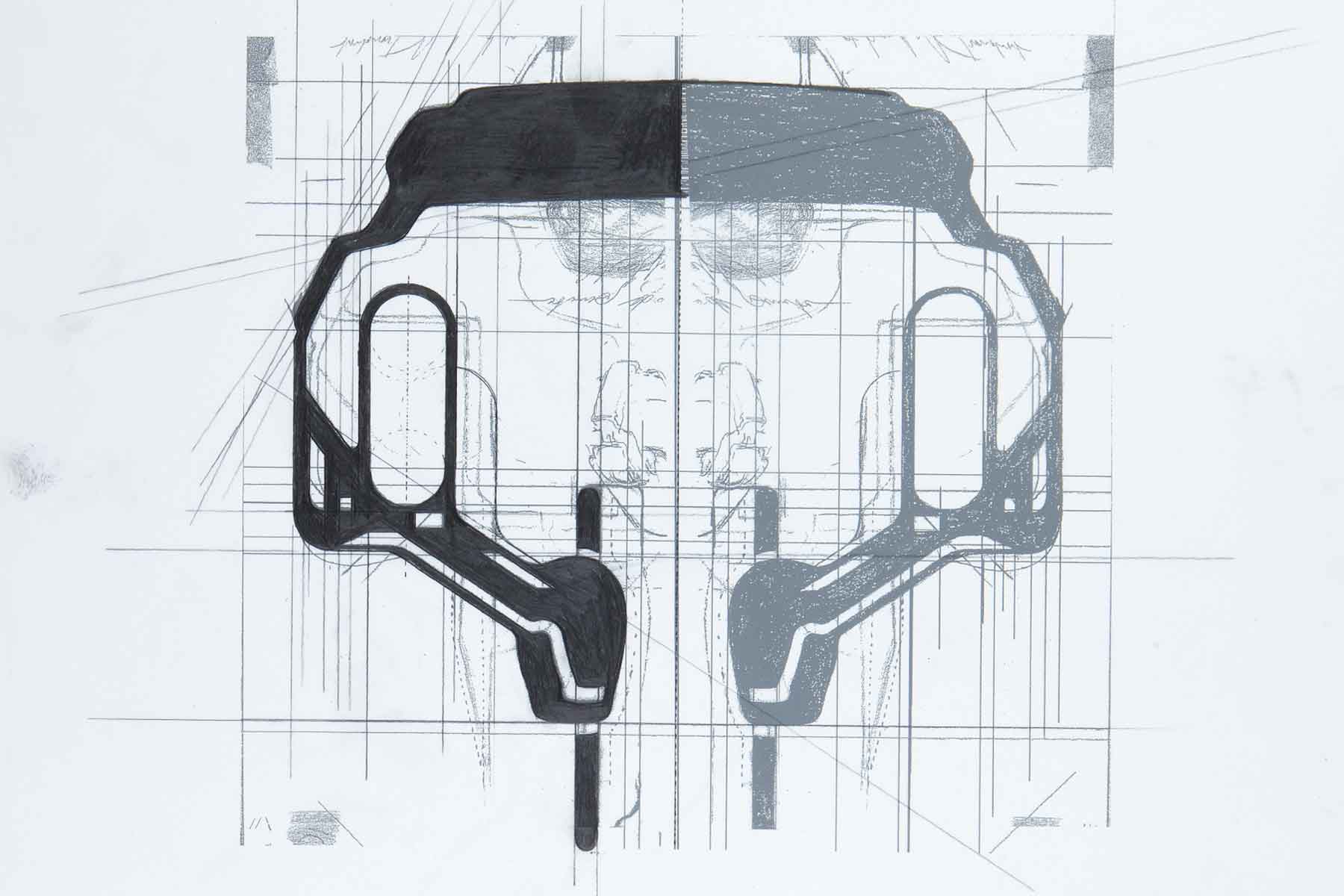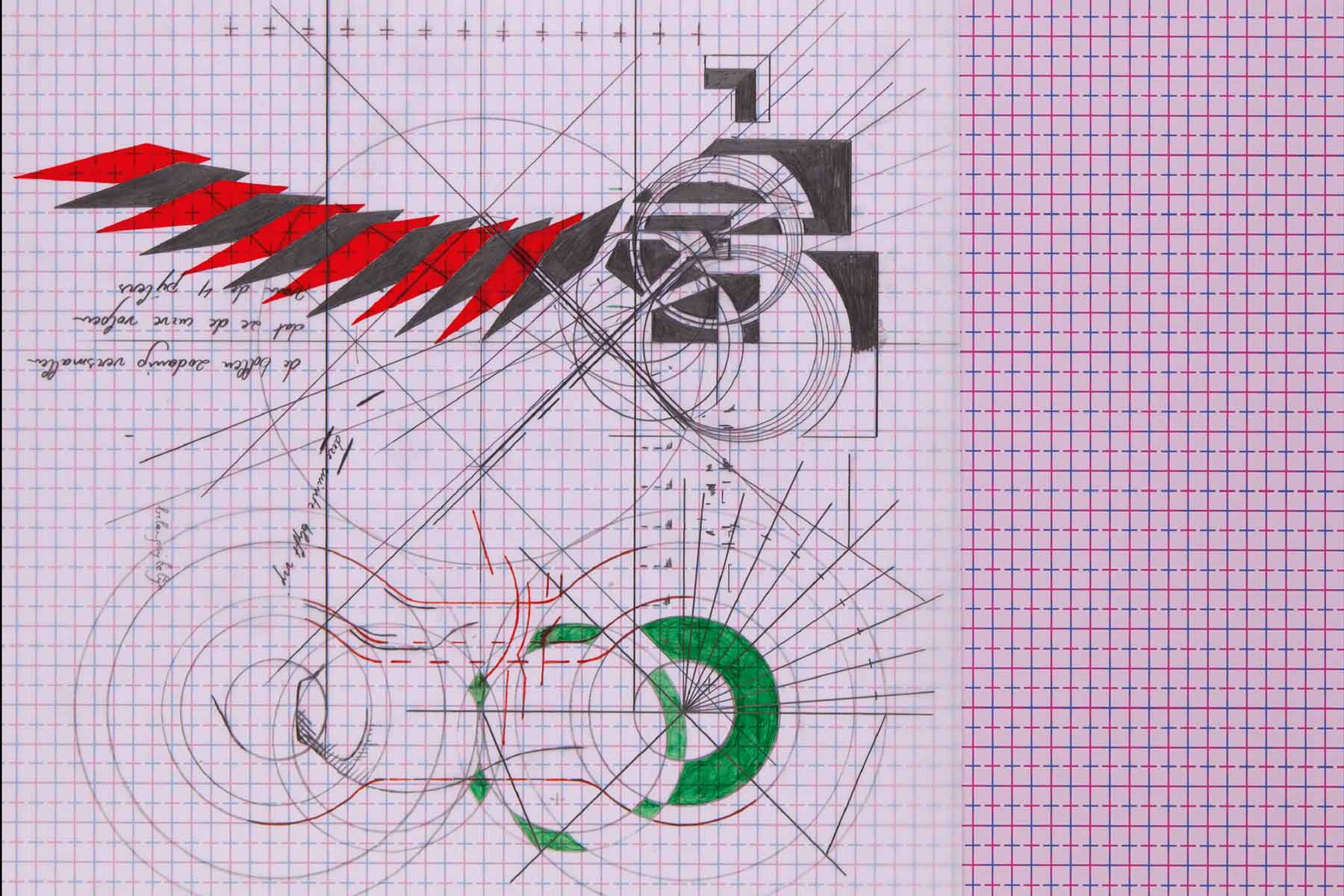‘Objects’ are anecdotical representations; symbols, labels, titles.
‘Backgrounds’ are different kinds of
contexts and reference frames.
Objects & Backgrounds Web Interface
Backgrounds
Conflict Paintings
Backgrounds
Noise Paintings
Backgrounds
Circular Paintings
Objects
---
Reasearch Drawings
---
Future
Boy & Erik would like the Pentagronium and its
‘Objects & Backgrounds’ to be used by a larger and real public in the way
Alex Zimmermann has done in this installation.
People could then make their own selection, mix and match according to their context and even have the results be made into wall elements, curtains, carpets and other consumer goods.
A perfect starting point for this experiment, the culture of communication of this tool, who enables everyone to label their emotional position would be in a school, each participant collects his new drawings in a daily diary.
Idealistically Boy & Erik sees the Pentagronium as a liberal tool
within reach of everyone.
Concept
BES Institute and Pentagronium (or Collections and Databases) by Adriaan Gonnissen.
The activation of persons takes place via one of the basic structures of the BES Institute, in particular the conceptual drawing program Objects and Backgrounds that is housed in a green, pentagonal grass bunker named Pentagronium.
Objects and Backgrounds. The disconnection of the “object” and its “background” or “context” consists of two key aspects. On the one hand it is artistic in nature. The impact of BES on aesthetic or identical experience must become irrelevant. BES ’artistic output: boundary posts, batteries, Conflict, Polarization, Noise Paintings and other sculptures, are vectorally converted in the interactive platform and made ‘ready for use’ for the visitor. Art undergoes a process of democratization by acting as a virtual background. From that moment there is no more artistic control, only social interaction.
The visitor chooses one or more backgrounds that he / she / x can adjust in color and transparency. This switch from visitor to participant is the second, “sociological” disconnection of object and context. The object undergoes an important subjectification and becomes de facto a method for conducting self-research and development.
The participant thereby labels himself – pick and choose – and clicks according to his state of mind or emotional household of the moment for example on basic categories such as ‘Dramatic’, ‘Romantic’ or ‘Relative’ and within the group ‘conceptual spaces’ for example clicks on subcategories such as ‘Space of breath for lovers’,’ The puker ‘,’ The Panic Zone ‘,’ Embracement ‘,’ Hip-hop dancefloor ‘and build on this on the basis of offered lemmata such as’ labyrinths’,’ machines’, ‘buildings ‘,’ vaginas-dicks’, ‘circles’ or’ ovals’ etc.
The user creates his own psychological profile using graphics. He / she / x can transmit the always temporary results – after all, the creation of “self-images” and function as a diary – to themselves and / or the “Pentagronium community”, the diversified community of user profiles. In that sense, the community is a social medium with an inherent socio-critical message.
The drawing program is intended as an “open platform”, an interactive database to which everyone can add elements. The database itself thus becomes an artistic, multi-identical and common medium that connects people. Personal expression is not spoken, but seen.
The art of BES is able to thoroughly accentuate and recalibrate an environment and an individual’s life.
